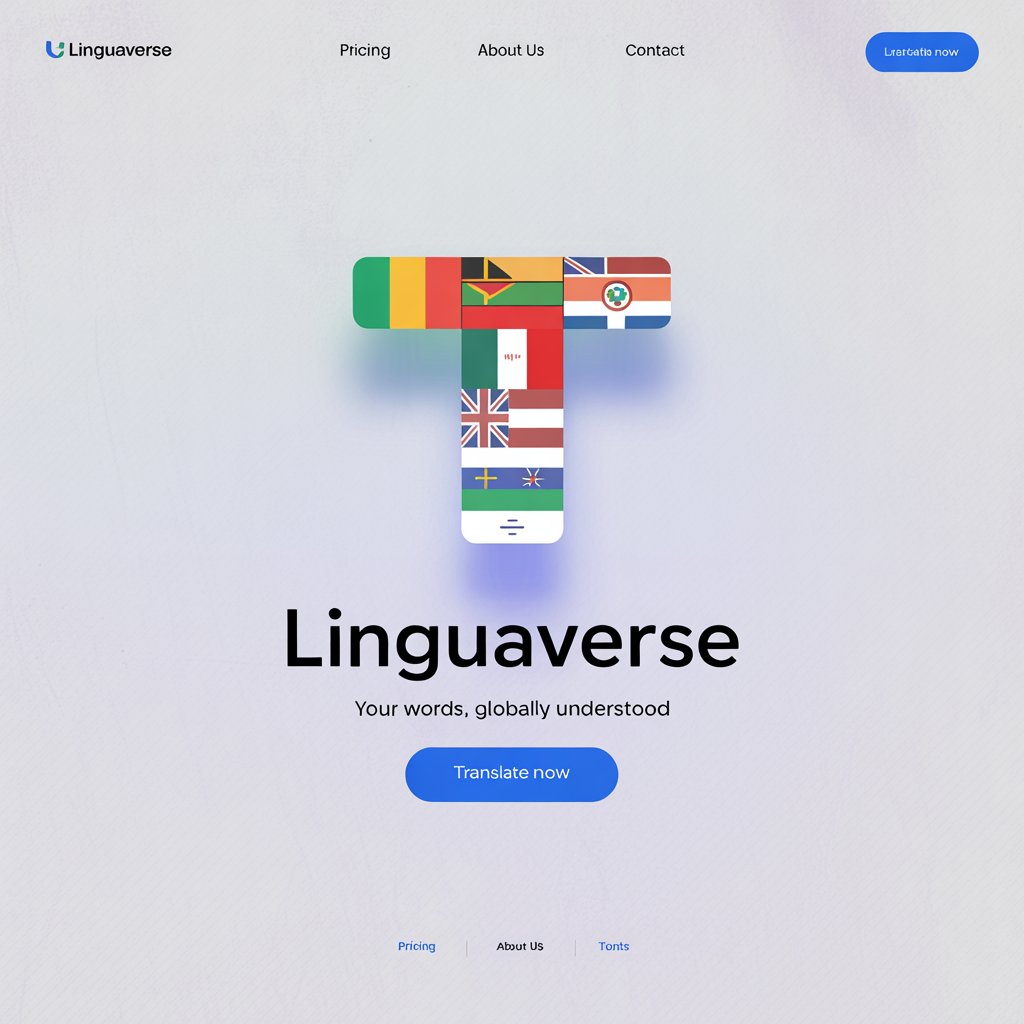As the winter chill settles in and twinkling lights adorn homes across the globe, the phrase “Merry Christmas” echoes in countless tongues, uniting hearts in a shared celebration. I remember my first Christmas abroad, standing in a bustling German Christmas market, the air thick with the scent of mulled wine and gingerbread. A stranger smiled and wished me “Frohe Weihnachten,” and though the words were unfamiliar, the warmth in their voice felt like home. That moment sparked my curiosity about how this simple greeting, so full of hope and joy, is expressed across cultures. It’s a universal thread, weaving together diverse traditions, faiths, and histories into a tapestry of human connection. In this blog post, we’ll explore how “Merry Christmas” is said around the world, delving into the linguistic beauty and cultural significance of this beloved phrase.
A Global Greeting: Merry Christmas Across Languages
Below is a reference table showcasing how “Merry Christmas” is expressed in 15 languages, complete with cultural or linguistic insights that highlight the unique flavor each language brings to the greeting.
| Language | Phrase | Cultural/Linguistic Insight |
|---|---|---|
| Spanish | ¡Feliz Navidad! | In Spain and Latin America, this greeting is paired with vibrant celebrations like Las Posadas, reenacting Mary and Joseph’s journey. |
| French | Joyeux Noël | In France, “Noël” derives from the Latin natalis (birth), emphasizing the religious significance of Christmas. |
| German | Frohe Weihnachten | Germans often use this greeting during Advent, a season of anticipation marked by festive markets. |
| Italian | Buon Natale | Italians pair this greeting with heartfelt family gatherings and the Feast of the Seven Fishes on Christmas Eve. |
| Portuguese | Feliz Natal | In Portugal and Brazil, this phrase is shared during midnight Mass, known as Missa do Galo (Rooster’s Mass). |
| Mandarin | 圣诞快乐 (Shèngdàn kuàilè) | In China, Christmas is a secular holiday for many, with this greeting used in urban areas during festive shopping seasons. |
| Hindi | क्रिसमस की शुभकामनाएँ (Krismas ki shubhkamnayein) | In India, this greeting is common among Christians and during interfaith celebrations in diverse communities. |
| Japanese | メリークリスマス (Merī Kurisumasu) | A transliteration of the English phrase, it’s popular in Japan’s commercial Christmas celebrations, often non-religious. |
| Korean | 메리 크리스마스 (Meri Kriseumaseu) | In South Korea, this greeting accompanies festive lights and couple-centric Christmas traditions. |
| Arabic | ميلاد مجيد (Mīlād Majīd) | Meaning “Glorious Birth,” this is used by Arab Christians, often during Coptic or Orthodox Christmas celebrations. |
| Swahili | Krismasi Njema | In East Africa, this greeting reflects the warmth of community gatherings and church services. |
| Zulu | UKhisimusi Omuhle | In South Africa, this is said during vibrant celebrations blending Christian and indigenous traditions. |
| Yoruba | E ku odun Keresimesi | In Nigeria, this greeting is part of festive events with drumming, dancing, and communal feasts. |
| Maori | Meri Kirihimete | In New Zealand, this greeting reflects a blend of Christian and Maori cultural practices during summer festivities. |
| Hawaiian | Mele Kalikimaka | Popularized by Bing Crosby’s song, this greeting captures Hawaii’s unique, tropical Christmas spirit. |
European Languages: A Tapestry of Tradition
In Europe, “Merry Christmas” is steeped in centuries-old traditions, each language offering a glimpse into the region’s cultural heart. In French, Joyeux Noël rolls off the tongue with elegance, often heard during the Réveillon, a lavish Christmas Eve feast in France. The word Noël harks back to the Latin natalis, tying the holiday to the birth of Christ, a cornerstone of French Catholic tradition. In Spain, ¡Feliz Navidad! rings out during Nochebuena (Good Night), where families gather for midnight Mass and festive meals featuring turrón and polvorones. Spanish-speaking countries across Latin America echo this greeting, each adding regional flair, like Mexico’s posadas or Argentina’s fireworks.
In Germany, Frohe Weihnachten is synonymous with the magical Weihnachtsmärkte (Christmas markets), where locals sip Glühwein and exchange gifts on Christmas Eve, known as Heiligabend. Italian Buon Natale accompanies heartfelt traditions like the Presepe (nativity scene) and the Feast of the Seven Fishes, a nod to Italy’s coastal heritage. In Portugal, Feliz Natal is whispered during the quiet reverence of Missa do Galo, while in Russia, Orthodox Christians say С Рождеством Христовым! (S Rozhdestvom Khristovym!) during their January 7 Christmas, marked by fasting and solemn liturgies. These greetings reflect Europe’s deep Christian roots while showcasing diverse expressions of joy and togetherness.
Asian Languages: Diversity in Celebration
Asia’s vast linguistic landscape offers a fascinating array of ways to say “Merry Christmas,” each shaped by unique cultural contexts. In Mandarin, 圣诞快乐 (Shèngdàn kuàilè), meaning “Holy Birth Happy,” is used in China’s urban centers, where Christmas is a commercial holiday with dazzling light displays and shopping festivals. In Hong Kong and Taiwan, the greeting is paired with festive markets, though it remains secular for most. In Hindi, क्रिसमस की शुभकामनाएँ (Krismas ki shubhkamnayein) is shared among India’s Christian communities and during interfaith celebrations, often accompanied by carol singing and bada din (Big Day) feasts.
In Japan, メリークリスマス (Merī Kurisumasu) is a transliteration of the English phrase, reflecting the country’s adoption of Christmas as a romantic, commercial holiday. Couples exchange gifts and dine on KFC (a quirky tradition), while illuminated displays light up cities like Tokyo. In South Korea, 메리 크리스마스 (Meri Kriseumaseu) is popular among young people, who celebrate with festive cakes and church services. In Arabic-speaking countries like Egypt, Lebanon, and Jordan, ميلاد مجيد (Mīlād Majīd), or “Glorious Birth,” is used by Christian communities during Coptic or Orthodox Christmas, often marked by midnight Masses and communal meals. Across Asia’s 20+ countries with Christian populations, from the Philippines (Maligayang Pasko) to Indonesia (Selamat Natal), the greeting reflects a blend of faith, festivity, and local traditions.
African Languages: A Celebration of Community
In Africa, “Merry Christmas” resonates with vibrant community spirit and diverse linguistic expressions. In Swahili, spoken across East Africa in countries like Kenya, Tanzania, and Uganda, Krismasi Njema is a joyful greeting shared during church services and family gatherings. The phrase reflects the region’s emphasis on communal celebration, often with feasts of nyama choma (grilled meat) and singing. In Zulu, UKhisimusi Omuhle is used in South Africa, where Christmas blends Christian traditions with indigenous practices, like storytelling and dancing under the summer sun.
In Nigeria, Yoruba speakers say E ku odun Keresimesi, a greeting that accompanies colorful celebrations with jollof rice, drumming, and masquerade performances. In Ethiopia, Amharic speakers use መልካም የገና በዓል (Melkam Yegena Be’al) during the Orthodox Christmas (Genna) on January 7, marked by fasting and traditional games like genna (a field hockey-like sport). Across Africa’s 20+ countries with Christian communities, from Ghana (Afenhyia pa) to Zimbabwe (Mhoro Kisimusi), the greeting reflects a shared sense of joy, faith, and resilience, often celebrated in warm, communal settings.
Indigenous & Island Languages: Unique Expressions of Joy
Indigenous and island cultures bring their own vibrant interpretations to “Merry Christmas.” In New Zealand, Maori speakers say Meri Kirihimete, blending Christian traditions with cultural practices like hangi feasts cooked in earth ovens. This greeting is shared during summer celebrations, with families gathering outdoors. In Hawaii, Mele Kalikimaka captures the island’s laid-back, tropical Christmas spirit, often accompanied by ukulele music and lau lau feasts. The phrase gained fame through Bing Crosby’s 1950 song, embedding it in global pop culture.
Among Native American communities, Cherokee speakers in the U.S. say ᏓᎾᏓᎪᎲᎢ (Danadagohvi), a greeting tied to winter gatherings that honor both Christian and traditional beliefs. In Samoa, Manuia le Kerisimasi reflects the Pacific island’s warm, family-centric celebrations, often featuring umu (earth oven) feasts and church choirs. Across 20+ indigenous and island communities, from the Inuit (Quviasukvik) in Canada to the Chamorro (Felis Nåbidåt) in Guam, these greetings highlight the universal joy of Christmas, adapted to local climates, histories, and traditions.
Cultural Insights: The Evolution of a Global Greeting
The phrase “Merry Christmas” has roots in Old English, where merry meant “pleasant” or “joyful,” and Christmas derived from Christ’s Mass, the medieval celebration of Jesus’ birth. Over centuries, the greeting spread through Christian missionaries, colonial empires, and global media, adapting to local languages and cultures. In Europe, it retained its religious core, while in secular societies like Japan, it became a symbol of festivity and commerce. In multicultural regions like India and Africa, it bridges faiths, uniting Christians and non-Christians in shared celebrations.
Historically, Christmas greetings were formalized in the 19th century with the rise of Christmas cards in England, spreading phrases like “Merry Christmas” globally. In some cultures, the greeting carries religious weight, as in Arabic Mīlād Majīd, tied to the “Glorious Birth.” In others, like Japan’s Merī Kurisumasu, it’s a modern, secular import. The phrase’s adaptability reflects its universal appeal: a wish for joy, peace, and connection, rooted in cultural and historical contexts yet transcending them.
Proverbs and Sayings: Wisdom in Celebration
Across cultures, proverbs and sayings about Christmas capture its emotional and spiritual essence. Here are a few:
- Italian: “A Natale ogni scherzo vale.” (“At Christmas, every joke is worth it.”) This reflects Italy’s playful, family-oriented holiday spirit.
- Swahili: “Krismasi ni wakati wa kushiriki upendo.” (“Christmas is a time to share love.”) This emphasizes East Africa’s focus on community and generosity.
- Spanish: “En Navidad, el corazón se enciende.” (“At Christmas, the heart lights up.”) A nod to the warmth of Latin American celebrations.
- Maori: “Ko te Kirihimete he wā mo te whānau.” (“Christmas is a time for family.”) This underscores the Maori value of kinship during the holidays.
These sayings, though varied, echo a common theme: Christmas as a time for love, unity, and joy.
FAQs: Unraveling the Global Greeting
Why does “Merry Christmas” sound similar in many languages?
The similarity often stems from shared linguistic roots (e.g., Latin natalis in Romance languages) or English’s global influence, as seen in transliterations like Japan’s Merī Kurisumasu. Missionaries and colonial histories also spread similar phrasings.
What’s the oldest known usage of the phrase?
The phrase “Merry Christmas” dates to the 16th century in English, with early uses in letters and carols. Its equivalents, like Joyeux Noël, trace back to medieval Europe’s Christian liturgies.
How do cultural differences shape the expression of Christmas?
In religious contexts, like Ethiopia’s Genna, the greeting emphasizes faith. In secular settings, like Japan, it’s a festive, commercial expression. Some cultures, like Hawaii, adapt it to local climates, creating unique traditions.
Conclusion: A Universal Wish for Joy
From the snowy streets of Berlin to the sunlit beaches of Samoa, “Merry Christmas” and its global equivalents carry a universal message: a wish for joy, peace, and connection. Whether it’s Frohe Weihnachten in a German market, Shèngdàn kuàilè in a bustling Chinese mall, or Meri Kirihimete at a Maori hangi, this greeting transcends borders, uniting us in celebration. Its power lies in its ability to adapt to every culture while retaining its emotional core. How do you say “Merry Christmas” in your language or community? Share your stories and traditions in the comments below—let’s celebrate the world’s diversity together!




